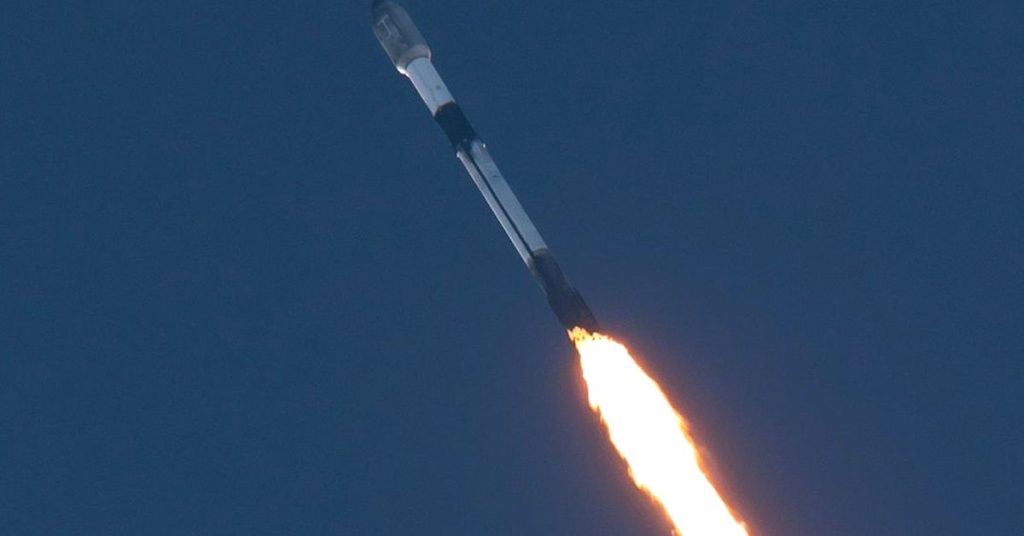SpaceX completes investigation into cause of engine failure Falcon 9 launch on July 11thThe company has filed an “accident report” with the Federal Aviation Administration (FAA) and is ready to fly the Falcon 9 rocket as soon as tomorrow.
The company’s investigation team, working with the FAA, determined that the cause of the July 11 failure was a liquid oxygen leak that occurred during the initial burn of the Falcon 9’s second stage engine. The leak was caused by a crack in a pressure sensor sensing line, part of the rocket’s oxygen system, the company said. A clamp that normally restrains the sensing line came loose and was exposed to excessive engine vibrations, eventually fatigued and cracked.
The liquid oxygen leak from the upper stage of the Falcon 9 rocket caused “excessive cooling of engine components, particularly those associated with delivering ignition fluid to the engine,” the agency said. A statement on the SpaceX websiteInstead of a second controlled burn, the engine experienced what SpaceX called a “hard start,” resulting in damage to the engine and a loss of altitude control for the upper stage.
While the Falcon 9’s first stage functioned as expected during launch on July 11 and landed safely for reuse, a failure in the second stage meant that the Starlink satellites aboard the Falcon 9 were deployed into a lower orbit, where all 20 would re-enter Earth’s atmosphere due to a “high drag environment,” and hopefully burn up.
To help the Falcon 9 return to flight as quickly as possible, SpaceX engineers plan to simply remove the sensing lines and sensors on the failed second stage engine. “This sensor is not used in the flight safety system, so it can be covered by an alternative sensor already on the engine.” The company also inspected, cleaned and replaced some of the sensing lines and clamps on its “active booster fleet,” a change SpaceX has already tested under FAA supervision at its McGregor, Texas, facility.
With the investigation now complete, the Falcon 9 rocket can now remain grounded and resume operations. Company website SpaceX says its next Falcon 9 launch is targeted for 12:21 a.m. ET on July 27, carrying 23 Starlink satellites from NASA’s Kennedy Space Center, with additional launch opportunities later that day and on July 28.


